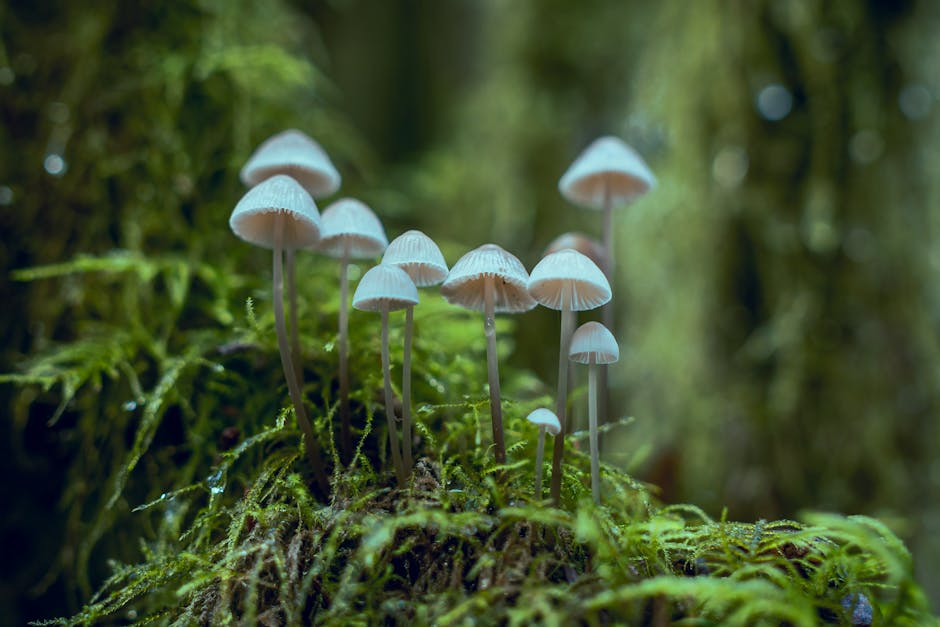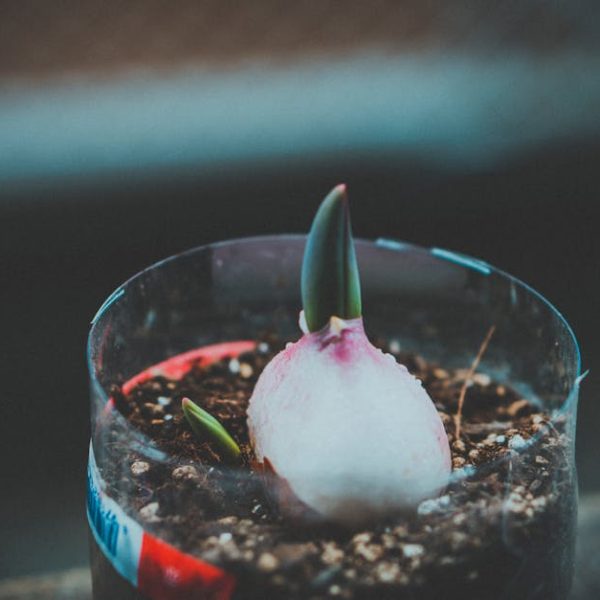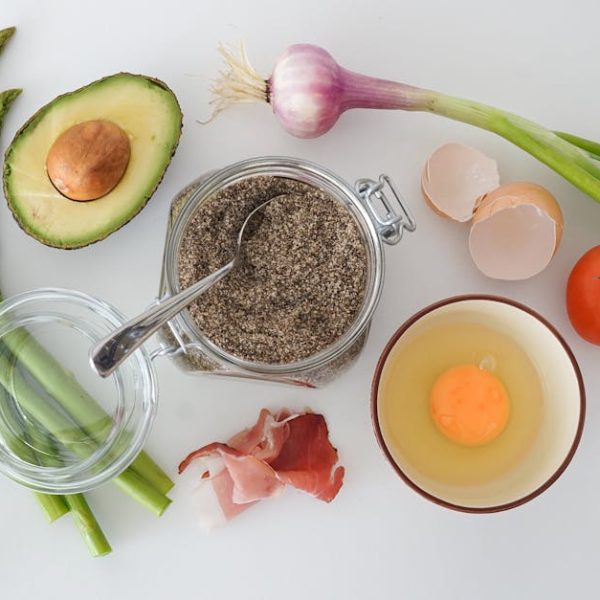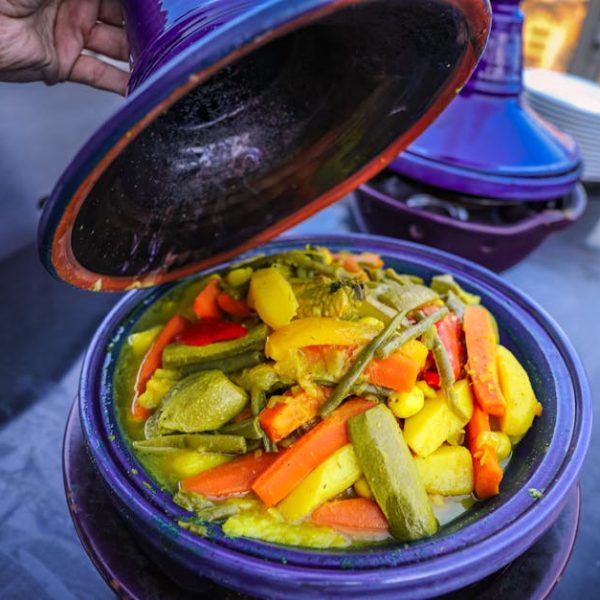If you’re like most people, you probably love the flavor and texture that mushrooms add to many of your favorite dishes. However, you might also be unsure of how long these fungi last and the best ways to store them for optimal freshness. This article will guide you through the typical lifespan of various kinds of mushrooms, identifying signs of spoilage, and practical storage methods to help keep your mushrooms fresh and safe to eat.
Understanding the Shelf-Life of Different Types of Mushrooms
Countless varieties of mushrooms exist, each with its unique lifespan and storage needs. For instance, common Button mushrooms and the popular Shiitake often last up to a week if properly stored. Meanwhile, Portabella and Oyster mushrooms have a shorter shelf-life, typically around four to six days when refrigerated correctly. Even lesser-known types like Enoki can last up to two weeks under optimal conditions.
However, bear in mind that these timelines might vary based on factors like the freshness of the mushrooms when you bought them and the specific storage conditions. For convenience, here’s a quick table breakdown:
- Button Mushrooms: 7-10 days
- Shiitake Mushrooms: 7-10 days
- Portabella Mushrooms: 4-6 days
- Oyster Mushrooms: 4-6 days
- Enoki Mushrooms: 10-14 days
Signs of a Spoiled Mushroom
Knowing how to identify spoiled mushrooms is crucial to prevent foodborne illness. Notably, mushrooms that have gone bad often exhibit visual clues such as slimy texture, dark spots, and discoloration. They may also have an unpleasant, sour, or ‘off’ smell.
Compiling these signs, you can look out for the following when inspecting your mushrooms:
- Slimy or sticky texture
- Dark spots or wrinkles on the surface
- Unpleasant, pungent smell
Remember, even if only a portion of the mushroom shows signs of spoilage, it’s best to discard the entire piece to avoid ingesting harmful bacteria.
Storage Methods: How to Prolong Mushroom Freshness
After bringing your mushrooms home, it’s critical to store them properly to enhance their freshness and extend the lifespan. Three common methods are refrigeration, dry storage, and vacuum-sealed storage.
Refrigeration is the most common method, as it slows down the decaying process. However, mushrooms should be kept in paper bags rather than plastic, as they need to breathe.
Dry storage involves storing the mushrooms in a cool, dry place, again in a paper bag, to prevent moisture accumulation. However, this method isn’t suitable for all mushroom types, as some may dry out and lose their freshness.
Finally, vacuum-sealed storage eliminates air, thereby slowing down spoilage. It’s ideal for preserving large batches of mushrooms but might not be handy for everyday use.
Each method has its pros and cons, and the choice depends on the type of mushroom, the intended use, and personal convenience. For instance, while refrigeration is broadly applicable and easy, it may decrease the flavor of some mushroom types compared to dry storage. Vacuum-sealed storage, on the other hand, extends the longevity but may not be as easily accessible for most people.
Preparation: How to Clean and Chop Mushrooms Prior to Storage
Before storing your mushrooms, you should consider preparing them through cleaning and chopping. It’s a myth that you shouldn’t wash mushrooms before storing them; in fact, a quick rinse can remove excess dirt and enhance their freshness.
When cleaning, simply rinse the mushrooms under cold water and pat them dry thoroughly, as excess moisture can lead to premature spoilage. While some people choose to chop the mushrooms before storing, this isn’t always recommended. Chopping exposes more surface area to the air and may shorten their lifespan.
Here are some best practices to follow:
- Rinse mushrooms under cold water briefly to remove dirt and residue.
- Dry them properly with a clean towel to remove excess moisture.
- Avoid chopping unless you plan to use them in the next day or two.
Freezing Mushrooms for Long-Term Storage
Freezing is an excellent way to extend the life of your mushrooms if you don’t plan to use them immediately. However, it’s important to note that the freezing process can change the texture of the mushrooms, making them more soft and less crisp. This typically isn’t an issue in cooked dishes but could affect the taste and texture of raw or lightly-cooked dishes.
The freezing process is relatively simple:
- First, clean and chop the mushrooms.
- Then, blanch them quickly in boiling water before cooling them in an ice bath. This process helps to stop enzyme activity that leads to spoilage.
- After blanching, lay the mushrooms out on a baking sheet and freeze them until they’re firm.
- Finally, transfer the frozen mushrooms into a freezer bag or vacuum-sealed bag and store them in the freezer.
Remember, while frozen mushrooms can last for up to a year in the freezer, they are typically at their best within four to six months. It’s also important to thaw the mushrooms properly before using them in your recipes.
In conclusion, with the proper knowledge and methods, you can significantly extend the shelf-life of your mushrooms, ensuring you always have fresh, flavorsome fungi to elevate your dishes. Whether it’s understanding the lifespan of different mushroom types, spotting spoilage signs, or choosing the perfect storage method, you now have all the information you’ll need to get the most out of your mushrooms!
Key Takeaway:
- The life span of various types of mushrooms like Button, Shiitake, Portabella, Oyster, and Enoki varies but can be extended with proper storage.
- Spoiled mushrooms can be identified through their slimy texture, dark spots, discoloration, and unpleasant smell.
- Storing mushrooms in the refrigerator, dry, or vacuum-sealed storage can prolong their freshness but is dependent on the type of mushroom and individual convenience.
- Mushrooms can be cleaned before storing, but chopping exposes more surface area to air and may shorten their lifespan.
- Freezing is an excellent long-term storage option, but it may alter the texture of the mushrooms.
Rest assured, with these insights and tips to guide your mushroom storage, you can keep your mushrooms fresher for longer and make the most of their diverse flavors in your cooking. Remember, the key lies in understanding different mushroom types, identifying signs of spoilage, and choosing the right storage method.
FAQs
Q: What is the best way to clean mushrooms before storing?
A: The best way to clean mushrooms before storing is by rinsing them under cold water to remove dirt and residues, then patting them dry thoroughly. Excess moisture can lead to spoilage, so ensure they are dry before storing.
Q: Can I store different types of mushrooms together?
A: It’s generally safe to store different types of mushrooms together, provided they are all fresh and stored under similar conditions. However, keep in mind that some mushrooms may have a shorter lifespan and need to be used sooner.
Q: What type of storage bags should I use for mushrooms to keep them fresh?
A: Paper bags are ideal for storing mushrooms as they allow the mushrooms to breathe. Plastic bags can trap moisture, which can lead to faster spoilage.
Q: Can frozen mushrooms still be used after a year?
A: Although frozen mushrooms can be safe to eat after a year, for best quality and flavor, they should be used within four to six months.
Q: Can canned or dried mushrooms last longer than fresh ones?
A: Yes, canned and dried mushrooms can last longer than fresh ones when stored correctly due to their processing. However, their texture and flavor may vary from fresh ones.
Don’t hesitate to explore more posts to further your culinary knowledge and share this useful guide with other mushroom lovers.






